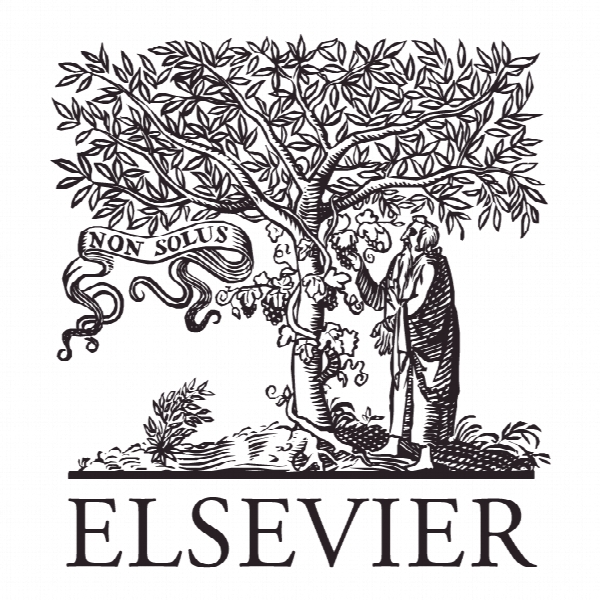بررسی اکتشافی خدمات مضاعف مسافربری زمینی در فرودگاه توسط مسئولین خوشامدگویی An exploratory examination of additional ground access trips generated by airport ‘meeter-greeters’
- نوع فایل : کتاب
- زبان : انگلیسی
- ناشر : Elsevier
- چاپ و سال / کشور: 2017
توضیحات
رشته های مرتبط مدیریت
مجله مدیریت حمل و نقل هوایی – Journal of Air Transport Management
دانشگاه مرکز مدیریت حمل و نقل هوایی، Cranfield، انگلستان…
نشریه نشریه الزویر
مجله مدیریت حمل و نقل هوایی – Journal of Air Transport Management
دانشگاه مرکز مدیریت حمل و نقل هوایی، Cranfield، انگلستان…
نشریه نشریه الزویر
Description
1. Introduction-the challenges associated with ‘meetergreeters’ Increasing demand for air travel in recent years has meant growing numbers of people travelling to and from airports. Worldwide, it is estimated that each year over 3.3 billion passengers travel between the estimated 4000 airports that support scheduled air services (ATAG, 2014). Accommodating current and future demand for air travel will require the sustained provision of safe, efficient, reliable and affordable ground access travel for passengers and other airport users. This can act as a key competitive advantage for airports and their related economies, both in terms of widening the airports’ effective catchment area and the wider benefits afforded by improved connectivity to air travel (Budd et al., 2015). At major airports with very large (even national) catchment areas the scale of ground access travel can be considerable. For example, Coogan et al. (2008) estimates that an airport handling 45 million passengers per year can generate up to 5 million vehicle miles of ground access travel per day (the equivalent of 1,825,000,000 miles per year). In the UK, as elsewhere, ground access travel continues to be dominated by private vehicle trips. At the UK’s two largest airports, Heathrow (73.1 million annual passengers) and Gatwick (37.9 million annual passengers), private vehicles represent 58.6% and 58.3% of the mode share, respectively (CAA, 2015). At smaller regional airports private vehicle mode shares are generally even higher, such is the case at Luton (70.9% private vehicle), Manchester (83.5% private vehicle) and Birmingham (76.5% private vehicle) (CAA, 2015). Given that these trips are necessarily generated to/ from a single site the implications in terms of traffic delays and congestion, as well as local air quality and human health, are profound (Budd et al., 2011a). Many passengers travelling to/from airports will be accompanied by friends or relatives, who wish to either wave the passenger farewell or greet them on their arrival. At some airports the number of these ‘meeter-greeters’ can be significant. It has been suggested that this may be especially the case at airports that handle higher shares of international leisure passengers than those with a stronger focus on business traffic (LeighFisher et al., 2010). This ismost likely a reflection of the differing trip characteristics of these journey types, namely that leisure passengers may be staying away for longer, travelling with luggage, and are unlikely to have their travel paid for (which will generally be the case for business passengers). The residence status of the passenger may also play a role in this, given that residents of a region are likely to have greater access to their network of friends and relatives (i.e. potential ‘meeter-greeters’) than passengers who are non-residents of a region. While potentially significant in scale and scope, the role of ‘meeter-greeters’ in a ground access context has not been widely examined or reported in the research.


